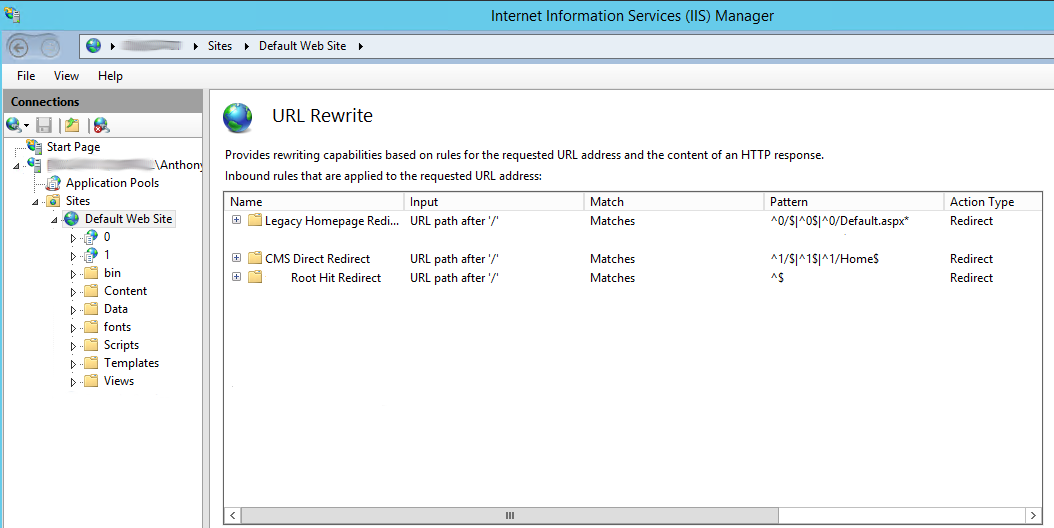Working Dotnet 2.0 with Ubuntu 16.04

One of the bugs I ran into on my journey was not using the published version of my aspnet application but moving from 1.x to 2.0 of dotnet. I was already setup to use https but I don't think my nginx configs were the issue but instead the app not building a published build of the app. just use the publish command and everything worked as planned. - https://docs.microsoft.com/en-us/aspnet/core/publishing/linuxproduction?tabs=aspnetcore2x - https://docs.microsoft.com/en-us/dotnet/core/tools/dotnet-new?tabs=netcore2x aspnet core inside a linux system Conclusion I'm very happy with my solution, I haven't found a lot of issue except the some of the issue that were related to version differences with 1.x/2.0. I believe I've found a way to simplify the tutorial provided in the Microsoft by using docker. Running docker no whatever port you need and then from there write the configs to nginx.



